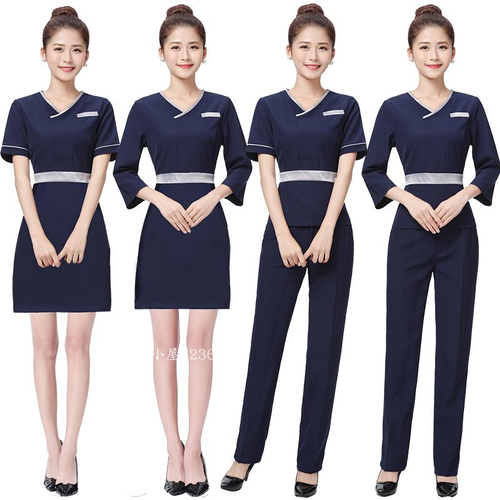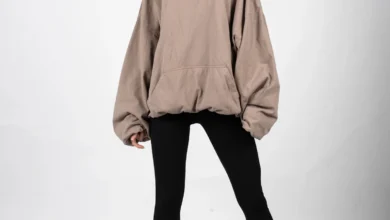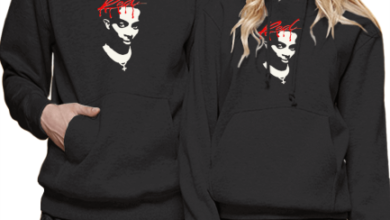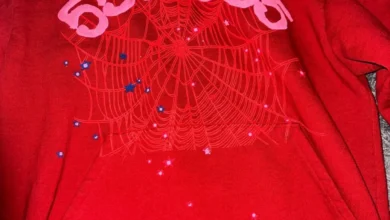
Manufacturing Process for Workingsuits
In most cases, workingsuits are manufactured from fabrics that are water repellent, breathable, and durable. Some types include invisible knitted cuffs and elastic bands. Some have a wide belt to prevent drafts and a wide waistband that can adjust to height. Insulation, such as Sintepon, is often added to overalls. Fabrics must meet operating conditions for the specific type of work being performed, and many companies are actively ordering impregnated fabric to achieve maximum effect.
Manufacturing process
The Manufacturing process for workingsuits consists of combining and stitching various components to form a finished product. High power single needle machines and computerized sewing machines are used to complete the sewing operation. Buttons, buttonholes, and collar components are glued and sewn with special machines. The manufacturing process for workingsuits requires careful planning to ensure the product’s quality. This process improves efficiency and economy.
Modern manufacturing processes date back to the Industrial Revolution in the 1800s, when manufacturing industries changed from handcrafted to man-and-machine-made. These processes vary, but they are generally standard and involve a variety of tools and machinery. There are different sub-sectors for each manufacturing process. Listed below are some of the main processes used in manufacturing workingsuits. The manufacturing process for workingsuits is very complex.
Applications
A working suit is composed of a coat, a cap, and pants. The cap is arranged in the collar position, and the abdomen protection layer is placed on the back surface of the coat. The pants’ crotch protection layer is arranged in the crotch position in a compounded mode. The body and crotch protection layers are each composed of two layers: the radiation-protection layer and the inner layer.






